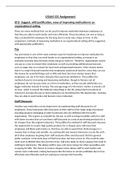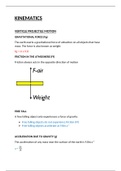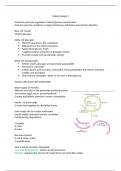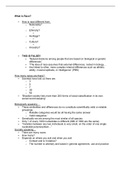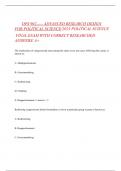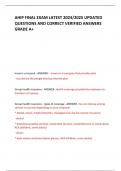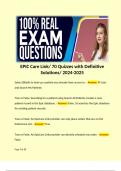Part 3
Glenberg, A. M., Jaworski, B., Rischal, M, & Levin, J.R. (2007). What brains are for: Action, meaning,
and reading comprehension.
Brains control action.
ACTION, EVOLUTION OF COGNITION, AND MEANING
Indexical hypothesis (IH) (Glenberg and Robertson) provides a theoretical description of the
connection between action and meaning / language comprehension. Three, temporally overlapping
processes—(a) indexing, (b) derivation of affordances, and (c) meshing as directed by grammar—are
used to convert words and sentences into embodied, action-based meaning.; We go from the words
to a consideration of the actions implied by the sentence; if we can create a smooth and coherent
(doable) simulation of action, then we can understand the sentence.
Sentence: “Art flicked the snake out of the way using the chair.” Processes of the IH:
1. On reading the sentence, one probably indexes “Art” to the perceptual symbol of a male human
and “the chair” to the perceptual symbol of a kitchen chair.
2. Affordances are derived from the objects (or their perceptual symbols), not the words.
(Affordance: the perception of the function of an object.)
3. Grammatical knowledge of several sorts is used to mesh or combine the affordances into a
coherent simulation.
The same words in the same sentence might be deemed perfectly sensible or nonsense depending
on how those words are indexed, the affordances derived, and whether those affordances can be
meshed as directed by syntax. (E.g. nonsense if you happen to index “chair” to a beanbag chair.
Beanbag chairs do not afford (easy) lifting, let alone the flicking away of snakes.)
Linguistic meaning is based on the body’s perception and action systems; the systems that
derive and mesh affordances.
Indexical hypothesis (an embodied account of language comprehension): language is understood by
simulating the actions that underlie sentence meaning and reading comprehension can be improved
by ensuring that this simulation occurs.
ACTION AND LEARNING TO READ
Glenberg, Gutierrez, Levin, Japuntich, and Kaschak (2004) developed an early-reading intervention
designed to ensure indexing of written words to objects. First- and second-grade children read short
stories about scenarios, such as stories about life on a farm. In front of the child was a set of toys to
which the words could be indexed. Physical manipulate condition: children read aloud critical
sentences (those signaled by a picture of a green traffic light) and then were taught to move the toys
to correspond to the sentences. This procedure guarantees that the child indexes the words to
objects and meshes the affordances in order to correctly move the toys. Reread condition: children
also read about the scenario, and the toys were in front of them. However, when these children saw
a green light, they were to reread the sentence. After reading and a 2-minute interval filled with
distracting conversation, the children were asked to recall as much of the story as possible, and they
were asked a series of inference questions that required integration of text and scenario knowledge.


